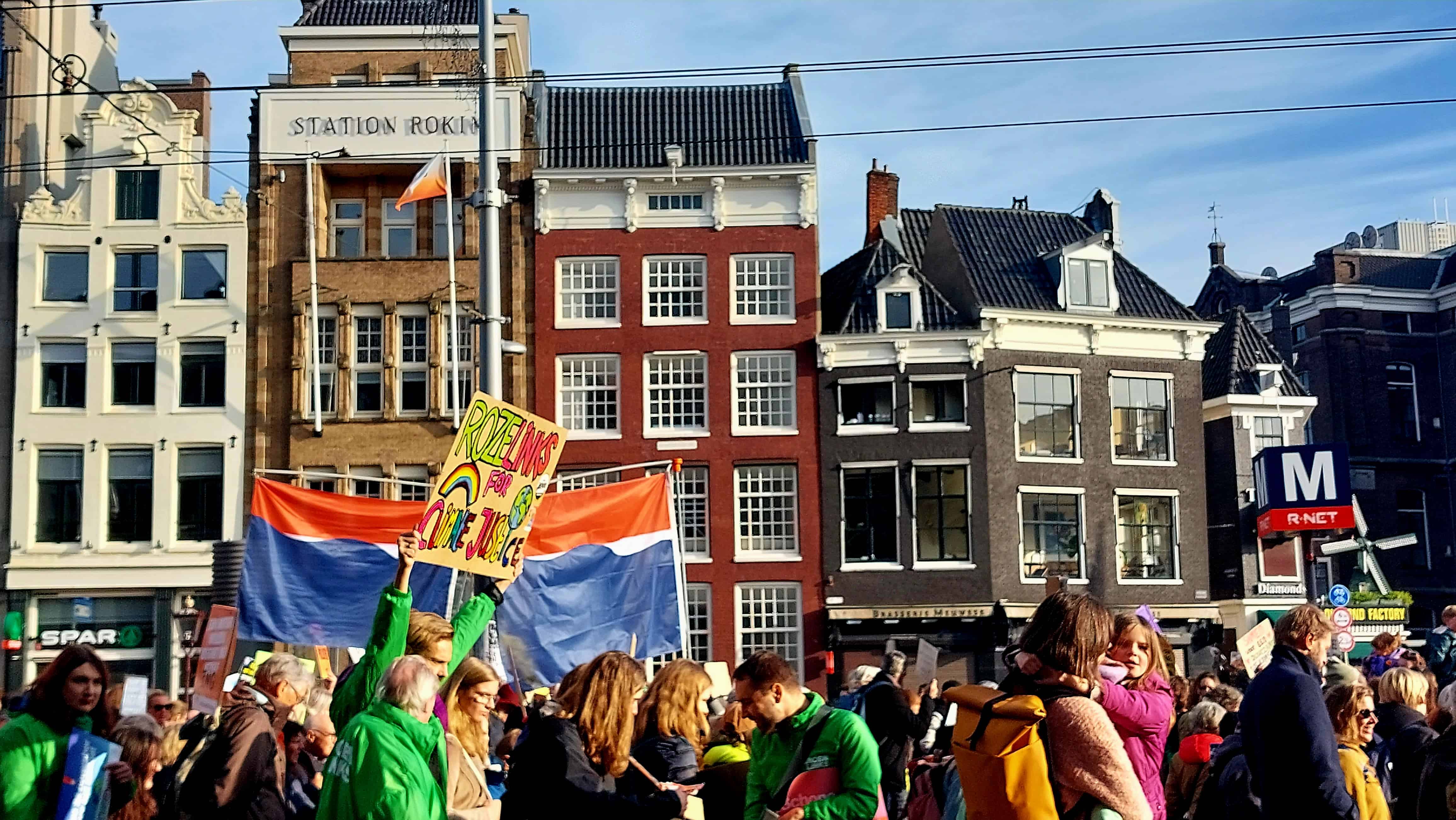
The seriousness of the corona virus became really clear in our family on Monday the 9th of March. Less than 24 hours after a massive demonstration by feminists, the Spanish government announced that all schools in Madrid and surroundings were to close. On Tuesday 10 March our 16-year old daughter Laura was allowed to go to Colegio Inmaculada Concepción for one last day, and after that this Madrid school closed. Until further notice.
The closure of the education system paved the way for an unexpected holiday mood in the city for the first few days. After all, bars and restaurants were all still open, a lovely early spring sun warmed the outdoor cafes and some Madrilenians took the opportunity to visit their second home on the coast. But the fun was over on Saturday the 14th of March. Prime Minister Pedro Sánchez declared an emergency situation and ordered all schools throughout Spain to close.
School closures from one day to the next
From one day to the next, ten million Spanish students were quarantined at home. From preschoolers to university students and everything in between. Such as Laura, who’s in her first year at the Bachillerato. A higher level of science-oriented secondary school equivalent to the Dutch 5 VWO system (or in other words, a prep school). Though just a wee bit different. A tad more conservative for the most part. In the classrooms there are the same chalkboards that I knew from my time at school in the Dutch town of Soest when I was 16 years old. No one had heard of online teaching back then in 1987.
Yet that’s what the practice is in Madrid anno 2020. Schools do actually use digital platforms where pupils, parents and children can communicate with each other. Although there is no national online education plan in Spain as yet. However, traditional teaching came to an abrupt end so fast that each school suddenly had to decide for itself what to do next.
Of course, there are plenty of options out there to experiment with. Google, Microsoft, Snappet, BlinkLearning, YouTube, Meet, WhatsApp and innumerable alternative platforms would like nothing more than to replace classrooms in an innovative way. At any rate, this market has been given an enormous boost, what with 850 million children worldwide sitting at home. Everything will undoubtedly be very different when the next major crisis strikes.
Mountains of homework
However, that’s not helping Laura and all the other pupils in Spain right now. Initially, the teachers of Colegio Inmaculada Concepción thought they could solve it in part by simply setting mountains of homework. This was to make it very clear that an extra holiday was out of the question. Within a few days my daughter and all her classmates were yearning for school like never before. Yet it will remain closed in Madrid at least until April 27th. And probably much longer.
In no time at all, a digital revolution unfolded when teachers came up with ‘Meet’. This allows teachers to engage in a video discussion with all of their students at the same time. It’s already daunting to hold a virtual meeting with more than three people, let alone a class full of forty confined teenagers. Not exactly ideal, then. And conducting tests via Google Classroom has also proven to be no more than a stopgap solution.
In any event, teachers and students in Spain will be free of each other over the coming week. Corona crisis or not. The Easter holidays are sacred. So far there isn’t an online alternative available for the countless cancelled processions. Even though the quest for innovative Catholic solutions are sure to gather momentum now.
Read Koen Greven’s previous columns for IO here.







